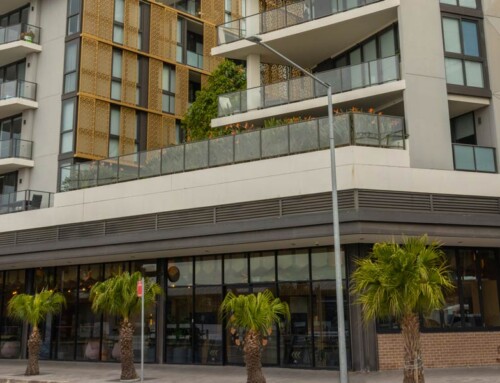Time for Distributors to ‘Think Water’

The role that today’s cleaning professionals play has evolved to become something quite different from what it once was. In the past, appearance—and appearance only—was the primary goal of the cleaning industry. The end-customer wanted their facility looking its best at all times, and neither cleaning workers, distributors, nor facility service providers (FSP) typically put much thought into how that goal was accomplished.
However, during the last decade, the goals of cleaning have changed dramatically—as have the needs of the FSP. With the dawn of the green movement, the cleaning industry is now just as concerned with cleaning for health as it is with cleaning for appearance. Protecting the health of building users and the environment, as well as the cleaning worker, are now seen as equally important as making things look clean. Appearance has not necessarily taken a back seat—it is just no longer the only goal of cleaning.
From Customers to Partners
There is another new trend emerging in the professional cleaning industry today. Struggling to find their niche in a changing marketplace, jansan distributors have found that their customers are more loyal when they feel as though they are partners—helping to make decisions that allow their facilities to become more sustainable, efficient, cost-effective, and green. As these goals become more common, it is also becoming increasingly obvious to jansan professionals, distributors, and FSPs alike that water and energy conservation are irrevocably intertwined with the professional cleaning industry.
Water and energy use are clearly interconnected; drilling for water, storing water, and delivering water to facilities throughout the country takes energy—and lots of it. For example, it is estimated that 20 percent of all the energy used in California goes to moving water over mountains and valleys in order to reach the state’s heavily populated metropolitan areas. In fact, Peter Gleick, president of the Pacific Institute (an Oakland, CA, based organization that promotes sustainability, protection of the environment, and economic development), has found that “most of the energy [used] in the entire western portion of the United States is now used for [transporting] water” from one location to another.
What does this mean for the jansan industry? If distributors can help their customers find ways to reduce water consumption, it will also help them reduce their energy usage. In turn, this can lead to lower operating costs and increased sustainability.
Reducing Water Consumption
So how does the industry reduce water usage? The first step is actually the most obvious. After landscaping, facilities typically see their greatest water usage in their restrooms. In fact, the Pacific Institute estimates that Americans use about 4.8 billion gallons of water every day just flushing toilets and urinals. In office buildings and hotels, as well as other facilities, toilets and urinals make up about a third of a building’s water use. Reducing those needs can have a significant impact on reducing overall water consumption.
Distributors should advise their clients about the many alternatives to conventional faucets, toilets, and urinals that are now available. For instance, faucets equipped with aerators can reduce water consumption by about two gallons per minute. And the traditional flush toilet may soon be seeing its last days. Dual-flush toilets, compressed air toilets, and no-water urinals are examples of new technologies that may soon replace some conventional fixtures with which we are now familiar.
Breaking From Tradition
Some cleaning tasks require large amounts of water, but alternatives are now available that can help to reduce that consumption. For example, traditional carpet extraction makes use of one or more gallons of water per minute. But new recycling carpet extractors that are now available use only about a seventh of that amount, and users report satisfactory to very good cleaning results using that technology.
Similarly, large amounts of water are used in floor maintenance tasks such as refinishing, and finding ways to use water more efficiently while performing these functions can save considerable amounts of water. Distributors need to be proactive when it comes to educating their customers about these choices.
Taking this trend one step further, distributors should advise their clients to consider water consumption in all their facility operations, especially when planning a new facility or renovating an existing building. Very often, water efficiency is low on the list of priorities when new facilities or major renovations are planned. Gleick has noted that even architects and designers place little emphasis on water conservation and efficiency when planning new buildings or renovations.
The green and sustainable cleaning movements offer jansan distributors an opportunity to play a key role in their client’s evolving building operations. Sustainability, water conservation, and energy use are sure to be paramount challenges in the near future, and distributors can help their clients meet those challenges. And in doing so, they have the added benefit of further fostering their customer relationships.

















